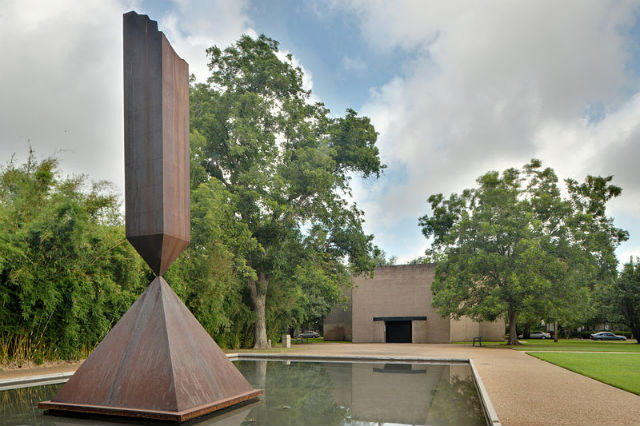
OPINION
Why Is the Middle of the Art Market Vanishing?

As if we didn’t have enough trouble preserving the middle class, the middle of the art market is the latest topic of debate among members of the art world’s commercial side. Why is the high end of the art market constantly booming while the lower and middle sectors suffer?
At times it can seem like the giant blue-chip galleries, among them Gagosian, Hauser & Wirth, David Zwirner, and others, are sucking the oxygen out of the room: The galleries are in all the headlines; their contemporary artists are making auction records, opening museum shows, and starring at fairs everywhere you look. This comes at the expense of less widely heralded artists and smaller galleries. Let’s look at a few hypotheses on the issues at hand.
It’s the Collectors
Art critic Martin Newman in The Mirror blames the rash of mega-collectors for the booming high-end and embattled middle of the market. New, uber-wealthy collectors are “bulk-buying” new art, grabbing enough new pieces from brand-name galleries that at least some of the artists are going to turn out to be famous, right? Smaller collectors (the traditional doctor and lawyer set) are being pushed out and artists aren’t getting the nurturing they need — it’s either sell in the millions or nothing.
It’s the Dealers
It must be said that the writers and editors of ARTINFO are providing a constant, important drumbeat of critical market writing, even from within the auspices of Louise Blouin Media (who isn’t buying those fairs, after all). Shane Ferro notes that the middle market is “treading water” even as prices at the high end are growing. Impressionism and modern art are hurting the most.
Who is to blame? Well, people aren’t talking about the dealers so much, Ferro notes. “The big dealers — Gagosian, David Zwirner, Pace, etc. — and the deep-pocketed collecting families like the Mugrabis and the Nahmads — have almost complete control over the markets of contemporary art’s most expensive artists,” she writes in another piece. The edge of the bubble (if it is that) is being pushed by aggressive dealers who keep prices moving upward.
It’s the Selachian Commercial Landscape
On his blog, middle-market dealer Edward Winkleman noted that many of his compatriots are committed to the classical Leo Castelli model of gallerist-ing, which means discovering an as-yet-unknown young artist and nurturing their career, launching a market, and profiting in kind from the results. That’s all very nice, but large galleries are really into poaching right now — that means stealing high-earning artists from galleries who often depend on their sales for the rest of their program — and raising their prices with a high-profile solo show. The poaching is “destabilizing the landscape,” Winkleman writes.
It’s PR for Tycoons
In one of his characteristically epic Intervention columns, ARTINFO’s executive editor Ben Davis calls the art market a Hobbesian combination of “nasty, brutish, and short.” The superrich are driving the train, and no one seems likely to unseat them. “As an investment, art is… a gamble by the already super-rich that their own wealth will continue to grow,” Davis writes. But that’s not all. He argues that buying art may also provide a genteel, culture-friendly image for the wealthy that they use to draw attention away from the sources of their money:
Maybe it’s not correlated merely to how rich the super-rich have become, but also to how ill-gotten their gains are and how much, therefore, they feel they have to compensate for. But personally, I feel that art is too important to become PR for tycoons, no matter how much they want to pay to make it so.
Bam. There’s no one answer here, and the middle market will continue to persist, as passionate strugglers always do. But what might be facing us is a choice: Do we want an art world full of Gagosians, Hirsts, and Koonses, or do we want something less flashy, more intellectually considered, perhaps less fashionable? Vote with your eyeballs and your allowance.

